Panasonic Lumix GX85 Boasts Best-in-Class Stabilization
Panasonic's new Lumix GX85 features a new dual 5-axis IS system, powerful post focus photo mode and 4K video, but without breaking the bank at $799.
Panasonic is building out its lineup of 4K-capable cameras with the Lumix GX85, a mirrorless camera that packs 5-axis image stabilization, a 16-megapixel Live MOS sensor, and the ability to shoot Ultra HD video at up to 30 frames per second. A handy Post Focus mode even lets you choose the right focus point after you snap an image.
Available starting in late May, the GX85 isn't cheap at $799, but based on our hands-on time, it's one of the most capable mirrorless cameras yet.
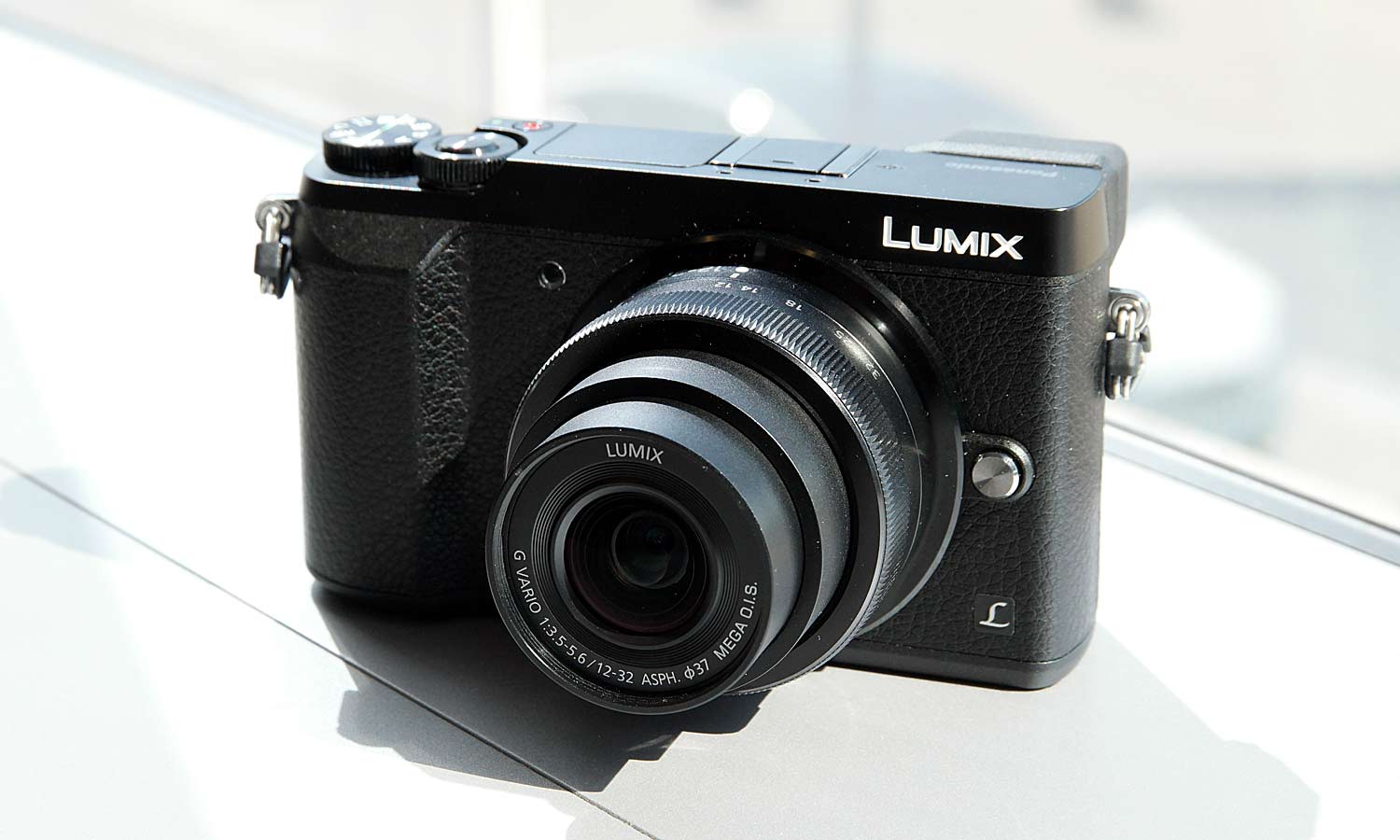
The GX85 comes with a 12-32mm f/3.5-5.6 kit lens. In addition, Panasonic equipped the GX85 with its new 5-axis image stabilization system that combines 2-axis IS in the lens and 5-axis IS on the camera sensor itself, allowing for both tack sharp photos and super smooth shake-free videos. And since a large number of Panasonic's G-series lenses feature 2-axis IS built-in, switching out the kit lens for new glass won't impact the 5-axis stabilization.
MORE: Best Mirrorless Cameras From Beginner to Pro
The GX85’s 16-megapixel MOS sensor is also the first from Panasonic without a low pass filter, which should make your images even crisper. The GX85 sports Panasonic’s new Venus Engine 9 image processor, so that even without the low pass filter, you shouldn't run into any unwanted color shifts or moiré patterns.
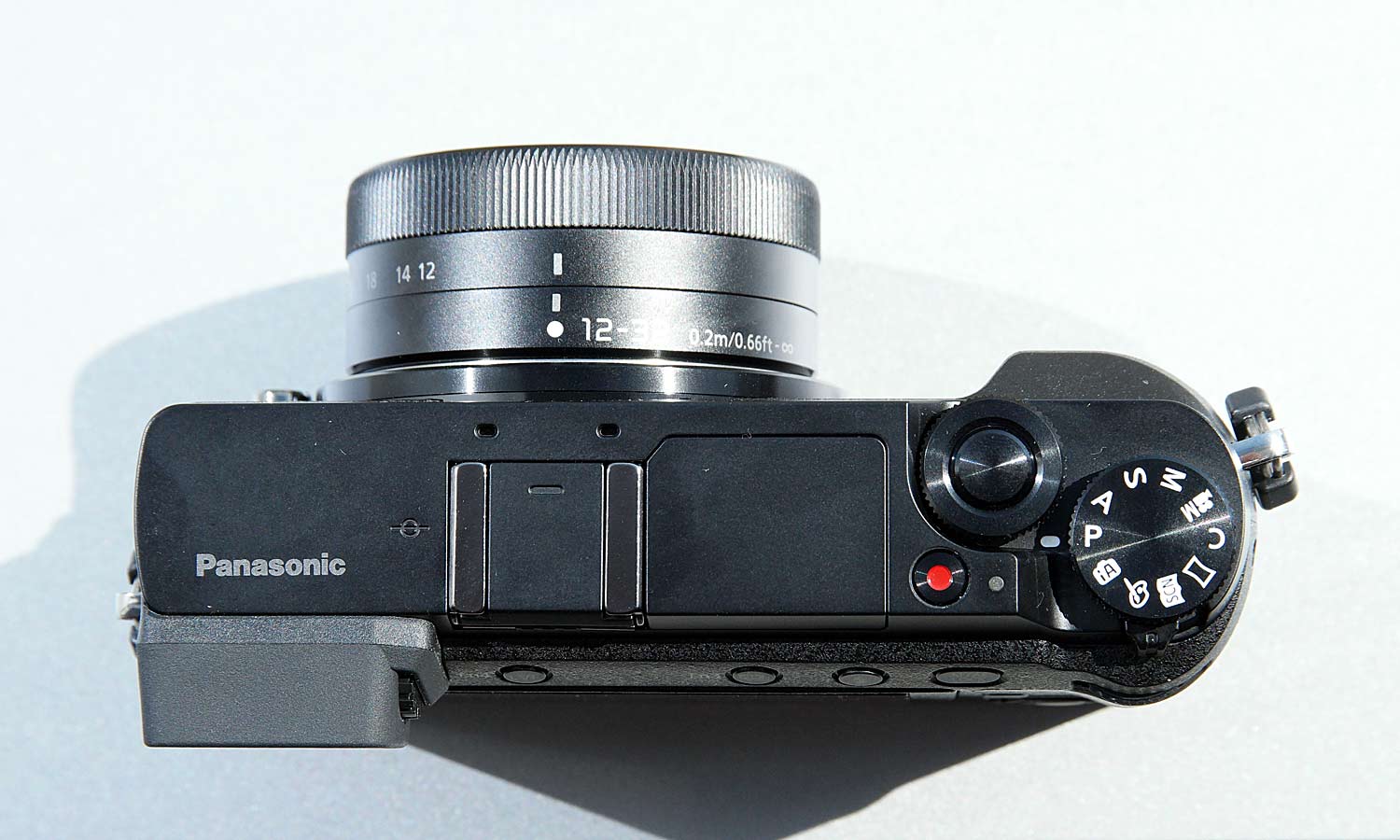
In back there's a 2,474,000-dot live view finder, in addition to a 3-inch touchscreen that can be tilted up by 80 degrees, or down 40 degrees. On the GX85, Panasonic also sought to shore up complaints about overly complicated Wi-Fi controls, so this time the company implemented a system that connects by simply scanning a QR code.
Another really neat feature on the GX85 is Panasonic’s new Post Focus mode, which once enabled, will let you select from one of 49 focus points even after you’ve snapped the picture. The GX85 accomplishes this by taking in essence 49 different photos in less than a second, and stacking them together into a single file containing a whole range of focus options.
That means wedding photographers could edit an image to put either the groom or the bride in focus depending what kind of shot you’re looking for, or both, if you don’t mind doing a little work in Photoshop. The only downside is that after pressing the shutter, you have to wait a couple seconds for the camera to process all 49 variations of the photo.

During a hands-on event at Panasonic’s headquarters in New Jersey, I got to see for myself how the GX85’s image stabilization stacked up to another similarly priced camera with 5-axis IS: the Olympus OM-D EM10 Mark II.
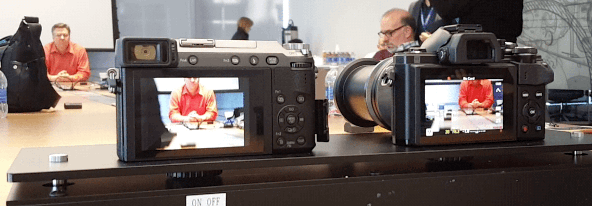
After mounting both cameras to a board that shook the cameras up and down, Olympus’ camera could barely keep the subject in frame, and while there was some noticeable shake from the GX85, the difference was night and day.
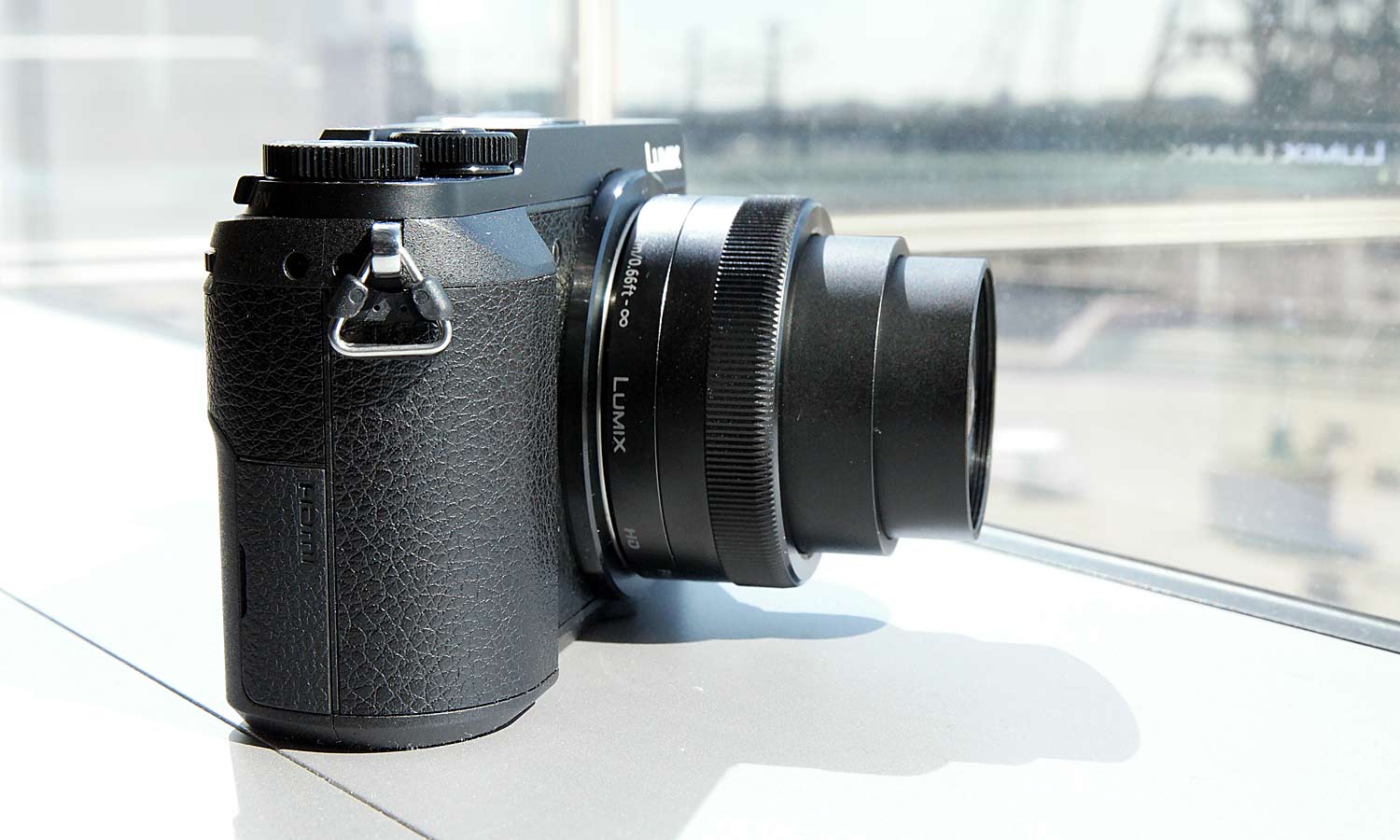
While Panasonic's demo unit was still a pre-production model, its slim body felt quite solid, and offered easy access to all of its buttons, including the dedicated front and rear dials for shutter and aperture.
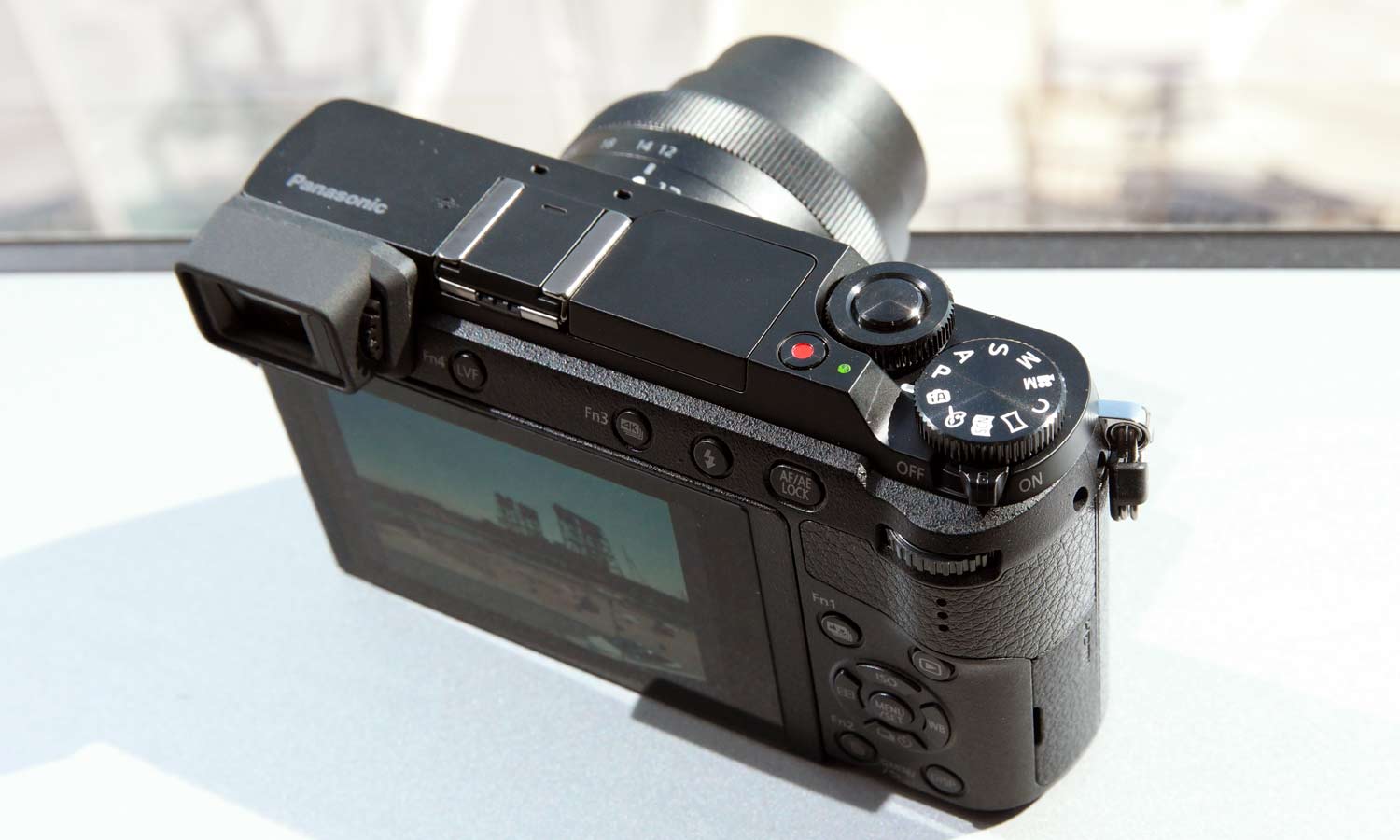
One of the few features missing from GX85 is the weather resistant seals found on some of Panasonic’s high-end Lumix cameras such as the GX8, which starts at $999 for the body only.
We're looking forward to a deeper dive with the Panasonic Lumix GX85, but from our hands-on time, were fairly impressed with its design, features, and image stabilization. Photographers looking for a quality mid-range mirrorless camera should give the GX85 a serious look.
Sign up to get the BEST of Tom's Guide direct to your inbox.
Get instant access to breaking news, the hottest reviews, great deals and helpful tips.
Sam is a Senior Writer at Engadget and previously worked at Gizmodo as a Senior Reporter. Before that, he worked at Tom's Guide and Laptop Mag as a Staff Writer and Senior Product Review Analyst, overseeing benchmarks and testing for countless product reviews. He was also an archery instructor and a penguin trainer too (really).
